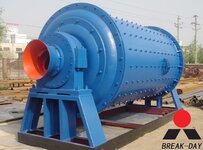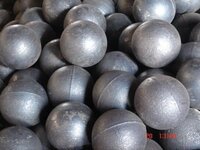Coffee Cars & Cash
Greenie
- Feb 11, 2009
- 14
- 0
A few years back I was driving around in Ames, IA in an area where a man made lake was beginning to be made. I wasn't hunting for anything, just walking around. I noticed something shiny so I dug it up. I found 51 more of these little metal balls. I cleaned them up and have had them sitting around for a long time. I've never known what they are, but always curious to know.
I have asked several people and I always get the same answer. Ball bearings. I always figured they were a bi-product of something being made.
They are slightly magnetic to each other, they vary in size and some have dimples.
Edit: Guesses so far
ball bearings (sizes differing too much?)
mill balls (too small?)
grape shot from a cannon shell
On a side note, has anyone seen a penny with its face popped out like that? - Solved - Magician coin sold in comic book. a dime fits in one side.
- Solved - Magician coin sold in comic book. a dime fits in one side.







I have asked several people and I always get the same answer. Ball bearings. I always figured they were a bi-product of something being made.
They are slightly magnetic to each other, they vary in size and some have dimples.
Edit: Guesses so far
ball bearings (sizes differing too much?)
mill balls (too small?)
grape shot from a cannon shell
On a side note, has anyone seen a penny with its face popped out like that?
 - Solved - Magician coin sold in comic book. a dime fits in one side.
- Solved - Magician coin sold in comic book. a dime fits in one side. 

















